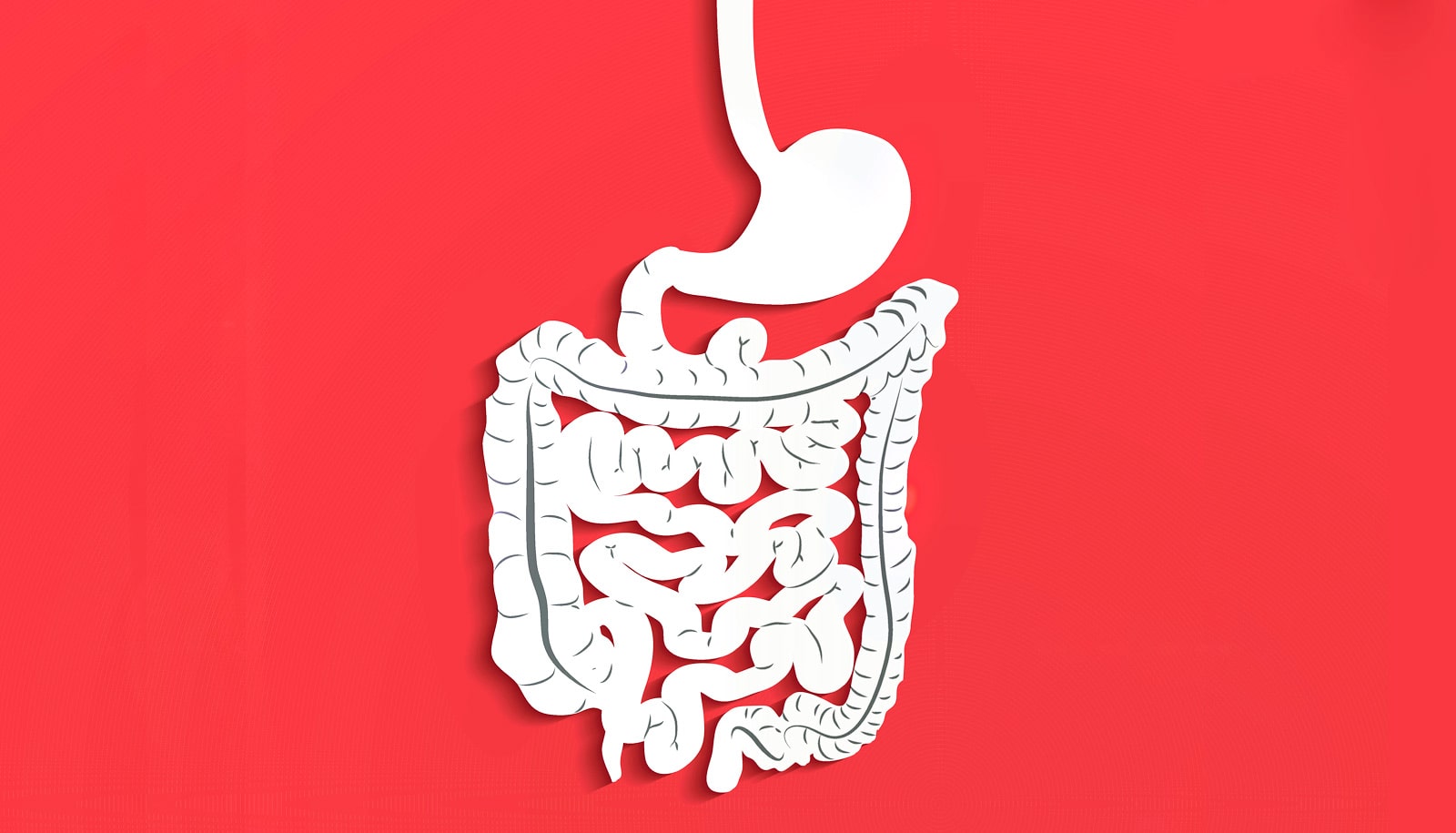Healthy infants have intestinal bacteria that prevent the development of food allergies, new research shows.
The findings could impact the treatment of a disease that now affects 15 million Americans.
When researchers transplanted gut microbes from healthy human infants into germ-free mice, it protected the animals from an allergic reaction when exposed to cow’s milk.
Gut microbes from infants allergic to milk did not offer the same protection; mice receiving these bacteria suffered an allergic reaction when given cow’s milk. Cow’s milk allergy is the most common food allergy affecting children.
The study, which appears in Nature Medicine, also identifies a specific bacterial species that protects against allergic responses to food.
Bacterial shield
“This study allows us to define a causal relationship and shows that the microbiota itself can dictate whether or not you get an allergic response,” says senior author Cathryn Nagler, a professor of food allergies at the University of Chicago.
Nagler has researched the physiological origins of tolerance to dietary antigens for more than 30 years. She is the cofounder and president of ClostraBio, a startup company working to develop microbiome-based treatments for food allergies.
The latest research is the result of a long collaboration between Nagler and Roberto Berni Canani, chief of the pediatric allergy program and CEINGE Advanced Biotechnologies at the University Federico II of Naples, Italy. In 2015, the two worked together on a project that found significant differences in the gut microbiomes of healthy infants and those with cow’s milk allergy. That eventually led them to ask if those differences somehow contributed to the development of the allergy.
The researchers transplanted gut microbes from each of eight infant donors—four healthy and four with cow’s milk allergy—into groups of mice via fecal samples. Researchers raised the mice in a completely sterile, germ-free environment, meaning they had no bacteria of their own. The researchers fed mice the same formula with the same sources of nutrients as the infants to help the bacteria colonize properly.
Mice that received bacteria from allergic infants suffered from anaphylaxis, a life-threatening allergic reaction, when researchers exposed them to cow’s milk for the first time. Germ-free control mice that did not get any bacteria also experienced this severe reaction. Those that received healthy bacteria appeared completely protected, however, and did not suffer an allergic reaction.
“These findings demonstrate the critical role of the gut microbiota in the development of food allergy and strongly suggest that modulating bacterial communities is relevant to stopping the food allergy disease burden,” Canani says. “These data are paving the way for innovative interventions for the prevention and treatment of food allergy that are under evaluation at our centers.”
Fighting food allergies
The researchers also studied the composition of microbes in the intestinal tract of the mice and analyzed differences in gene expression between the healthy and allergic groups. This allowed them to pinpoint a particular species, Anaerostipes caccae, that appears to protect against allergic reactions when it is present in the gut.
A.caccae is part of a class of bacteria, Clostridia, that Nagler and her colleagues identified in a 2014 study that protects against nut allergies. These bacteria produce butyrate, a short-chain fatty acid that previous research has shown is a crucial nutrient for establishing a healthy microbial community in the gut. This suggests that this class of butyrate-producing bacteria provides more general protection against other common food allergies as well. These bacteria or their metabolites could be useful as part of biotherapeutic drugs to prevent or reverse other common food allergies.
“What we see with this work is how, in the context of all of the different types of microorganisms inhabiting the gastrointestinal tract, one single organism can have such a profound effect on how the host is affected by dietary components,” says coauthor Dionysios Antonopoulos, a microbial systems biologist at Argonne.
“We also get a new appreciation for the distinct roles that each of these members play beyond the generalization that the ‘microbiome’ is involved.”
Researchers from the University of Chicago, Argonne National Laboratory, and the University of Naples Federico II in Italy also contributed to the study.
The Sunshine Charitable Foundation, the University of Chicago Institute for Translational Medicine, the National Institutes of Health, and the Italian Ministry of Health funded the work.
Source: University of Chicago



